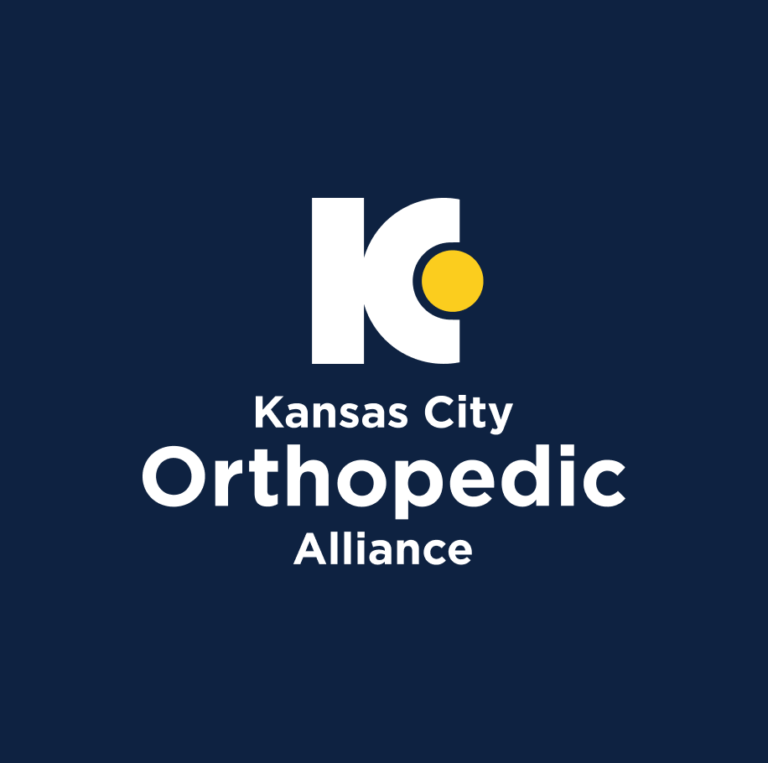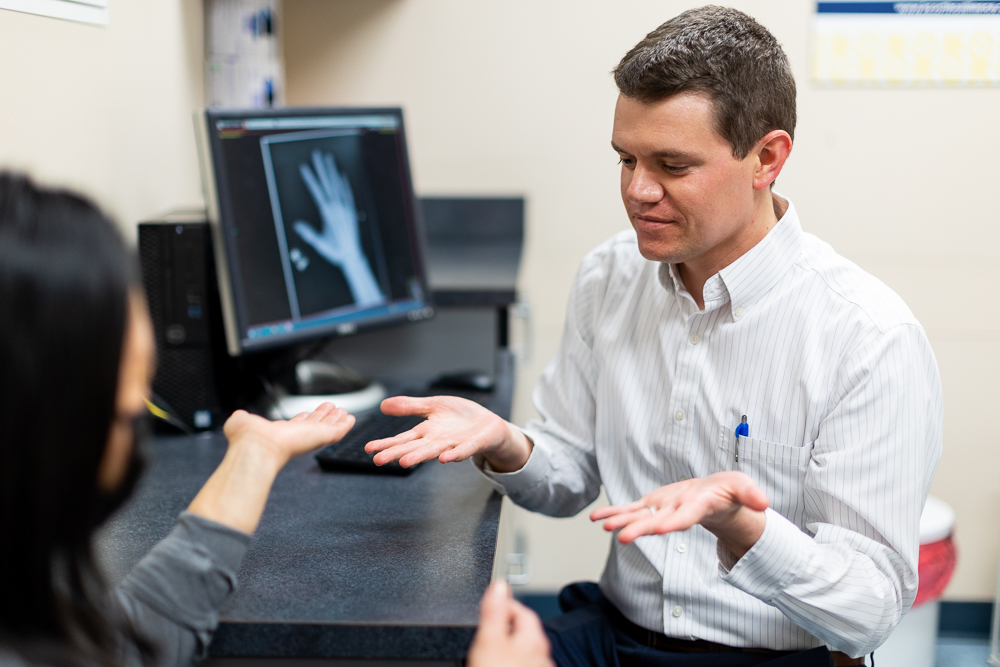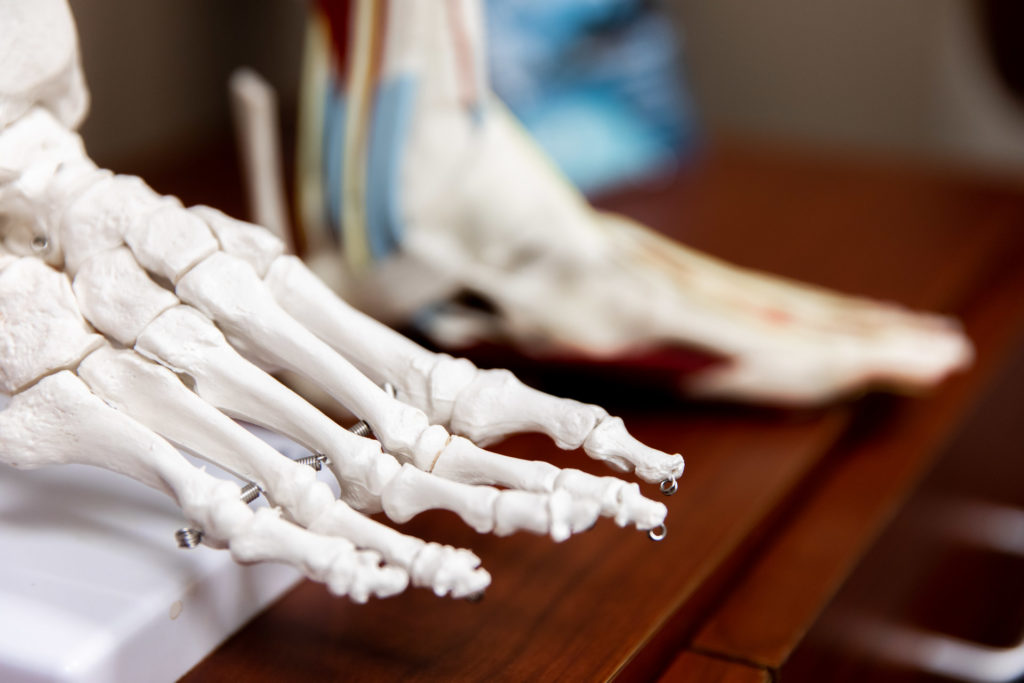
At Kansas City Orthopedic Alliance, our orthopedic specialists regularly assess whether injuries are work-related or compensable. To do this, we rely on objective data, thorough patient evaluations and imaging studies.
Below, we outline how we assess causation and work-relatedness to assist both patients and stakeholders in making informed decisions.
Objective Data
In the best-case scenario, there are clear data points linking an injury to a specific work-related task.
- Video of the incident: Video footage can be crucial in assessing causation. Our providers prefer videos with clear context and a focused view of the incident.
- Witness accounts: Co-workers who witnessed the accident and documented their observations provide valuable insights.
- Patient evaluation:
-
- Physical examination: A hands-on evaluation of the affected body part helps us assess the injury and determine if it’s work-related. It’s essential for our providers to examine the area to identify any signs of trauma or disruption. Early evaluations, especially for recent claims, are crucial to determine compensability.
- Functional movement assessment: We evaluate whether a movement mimicking job-related tasks is hindered by an injury.
-
- Imaging Studies: One of the most important factors in determining causation is the quality and timing of imaging studies. Proper imaging can reveal crucial information about the injury’s nature and origin.
-
- Timing and type of imaging: Imaging should be performed quickly. X-rays are typically the first step to assess bony disruptions and joint issues, while MRI or CT scans are used for soft tissue injuries.
- Image quality: High-quality images are essential for accurate interpretation. We recommend using advanced imaging technology and radiologists skilled in reviewing these studies.
- Comparative imaging: In cases involving joints like the knee or hip, we often request bilateral images to compare the affected side with the unaffected side. This allows us to identify pre-existing conditions and assess changes over time.
-
Semi-Objective Information
In addition to objective data and imaging studies, semi-objective information is also vital in determining causation of injuries. This information includes initial reports and detailed patient accounts, which provide valuable context when evaluating a work-related injury.
- First report of injury: Statements from stakeholders documenting the incident’s timing, mechanism and environment are important. When corroborated by multiple sources, these statements provide valuable information about the nature of an injury.
- Patient interview: A detailed interview with the patient is essential for understanding the mechanism of injury. We ask about the position of the body, any external forces and specific job demands to help determine the relationship between the injury and the work environment.
KCOA’s workers’ compensation specialists bring years of experience, ensuring that causation is determined accurately for each patient. Our team’s expertise, combined with our thorough process, helps us provide the best care and resources to support our patients, partners and stakeholders.


